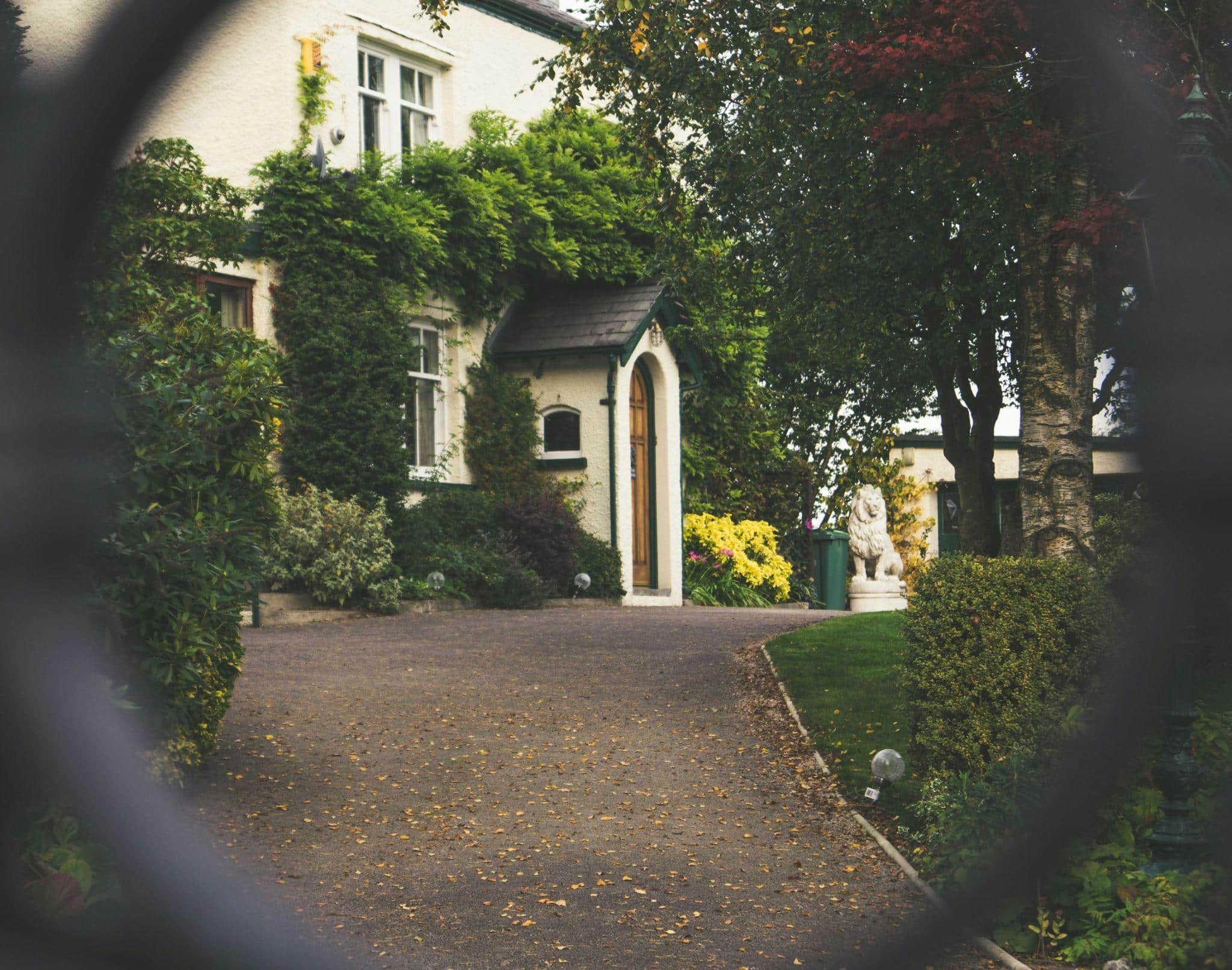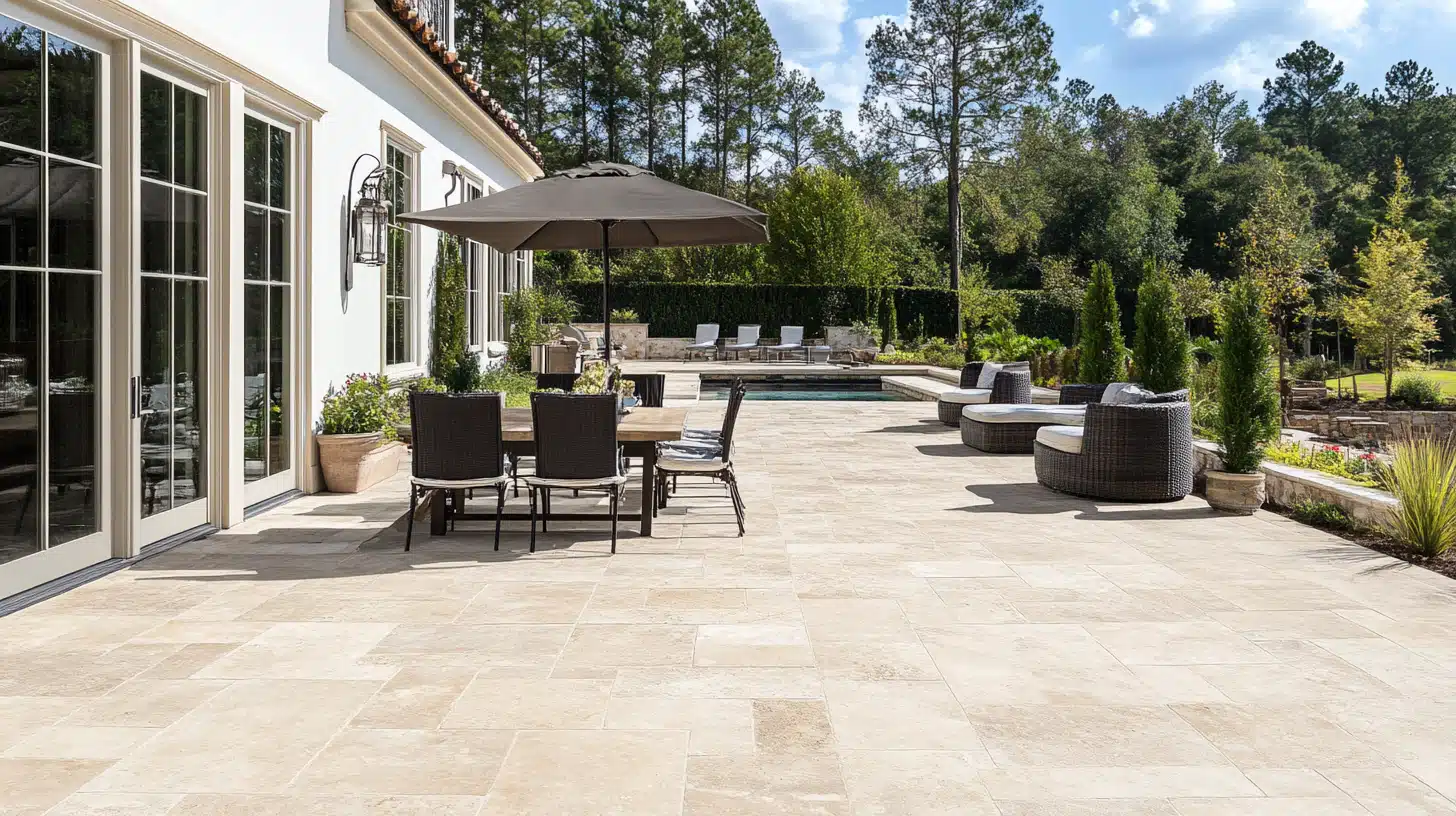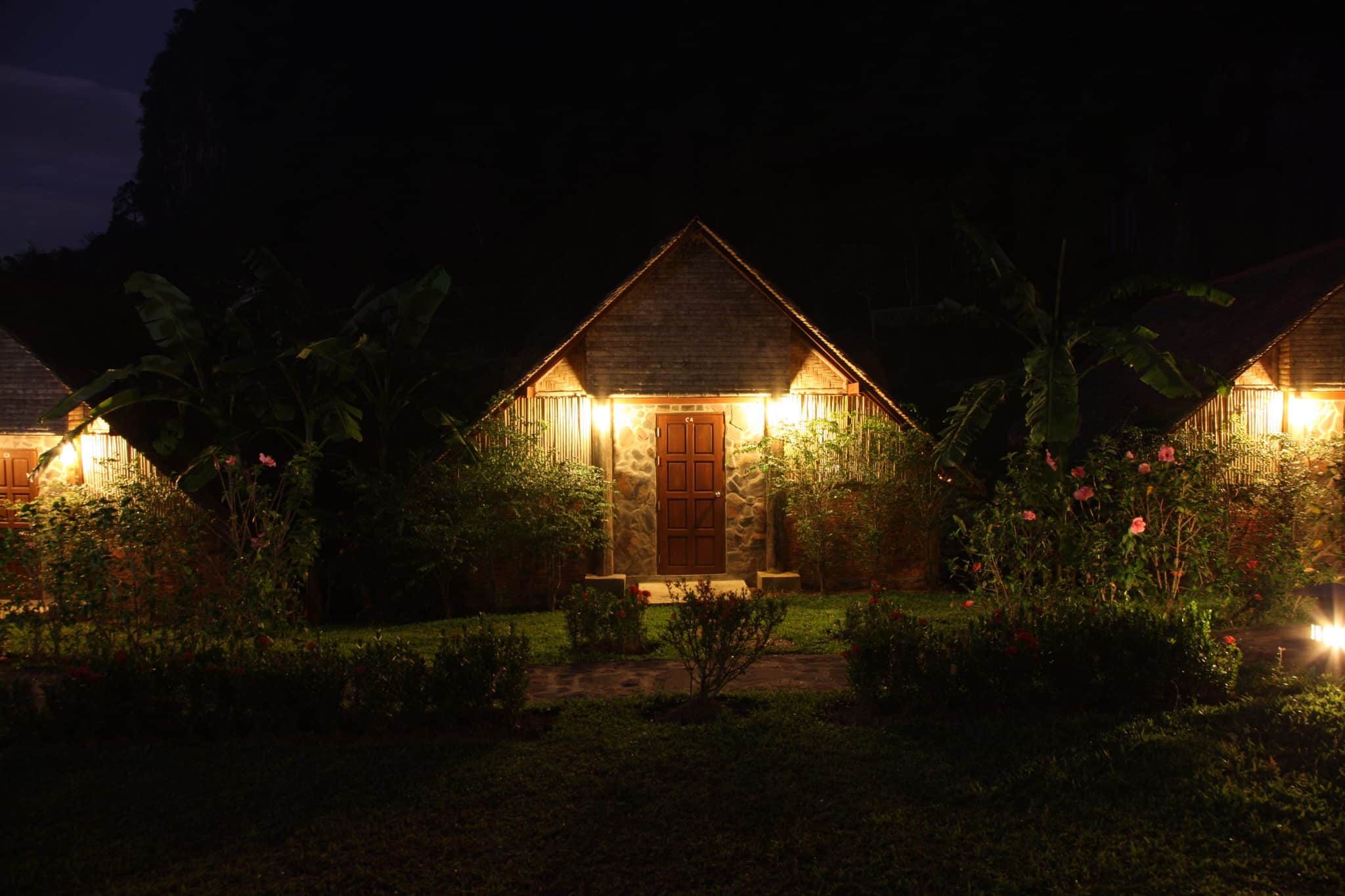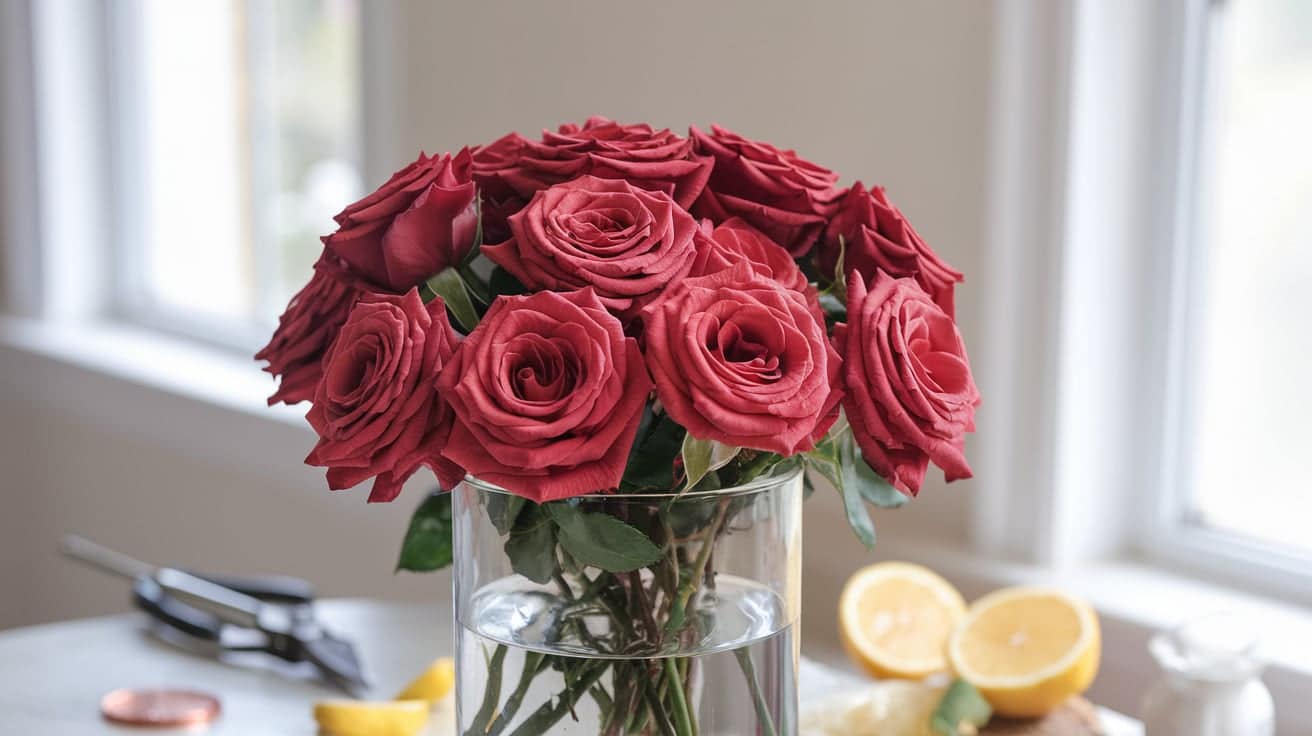Art in the Garden: Sculptures and Installations for Creative Landscaping
Integrating art into your garden can transform an ordinary outdoor space into a personal sanctuary that reflects your creativity and style. Whether you have a sprawling backyard or a modest urban garden, sculptures and installations can add depth, character, and a unique visual appeal to your landscape.
This blog explores how to incorporate art into your garden, with a focus on the role of a retaining walls contractor in creating a harmonious balance between functional and aesthetic elements.
The Intersection of Art and Landscaping
Landscaping is more than just planting flowers and trimming hedges; it’s about creating an environment that speaks to the soul. Art in the garden elevates the landscape from a simple green space to a dynamic outdoor gallery. Sculptures, installations, and other artistic elements provide focal points, encourage exploration, and create a narrative within the garden.
When integrating art into your landscape, it’s essential to consider how these elements interact with the natural surroundings. The placement, scale, and materials of the sculptures should complement the existing features of your garden, such as plants, water features, and retaining walls.
Collaborating with a retaining walls contractor ensures that your artistic installations are not only visually appealing but also structurally sound and integrated seamlessly into the landscape.
Choosing the Right Sculptures and Installations
The first step in bringing art into your garden is selecting the right pieces. The choice of sculptures and installations should reflect your personal taste and the overall theme of your garden. Here are some factors to consider:
1. Material and Durability
Outdoor sculptures must withstand the elements, especially in Canadian climates where the weather can be unpredictable. Materials such as bronze, stainless steel, and stone are popular choices for garden art because of their durability and resistance to weathering. Wooden sculptures can also be a beautiful addition, but they may require more maintenance and protection from the elements.
2. Size and Scale
The size of your sculptures should be proportional to the space available in your garden. Large, imposing sculptures can create a dramatic effect in expansive gardens, while smaller, subtle pieces may be more appropriate for intimate spaces. The scale of the art should also harmonize with other elements in the garden, such as trees, shrubs, and retaining walls.
3. Style and Theme
The style of the sculptures should align with the overall theme of your garden. For example, contemporary gardens may benefit from abstract or modern art pieces, while traditional gardens might be enhanced by classical sculptures or historical replicas. The art you choose should evoke the desired mood and complement the natural beauty of your landscape.
Integrating Sculptures with Retaining Walls
Retaining walls are a fundamental feature in many gardens, providing both structural support and an opportunity for artistic expression. A retaining walls contractor can help you integrate sculptures and installations into these structures, creating a cohesive and visually striking landscape.
1. Functional Art on Retaining Walls
Retaining walls are not just for preventing soil erosion; they can also serve as canvases for art. Mosaic tiles, engraved stones, or metalwork can be incorporated into the retaining walls to create functional yet artistic elements. These installations add texture and colour to the walls, turning them into focal points rather than mere structural necessities.
2. Sculptures as Anchors
Large sculptures can be placed near retaining walls to create a sense of balance and stability in the garden. The walls provide a backdrop that frames the sculptures, enhancing their visual impact. For instance, a stone statue placed against a stone retaining wall can create a powerful, unified aesthetic that ties the entire garden together.
3. Niche Installations
Retaining walls often have niches or recesses that can be used to display smaller sculptures or art pieces. These niches provide a sheltered space that protects the art from the elements and adds an element of surprise for those exploring the garden. Working with a retaining walls contractor ensures that these niches are properly designed and built to accommodate your chosen installations.
Creating Pathways and Focal Points
Art in the garden is not just about placing sculptures; it’s also about guiding the viewer’s experience. Pathways and focal points play a crucial role in how people interact with the garden art.
1. Strategic Placement of Art
The placement of sculptures and installations should be strategic, encouraging exploration and discovery. Positioning art at the end of a winding path, near a seating area, or beside a water feature invites visitors to engage with the garden on a deeper level. The art becomes a destination within the landscape, drawing the eye and guiding movement through the space.
2. Enhancing with Lighting
Lighting is a powerful tool for highlighting garden art, especially in the evening or during the winter months when daylight is limited. Subtle uplighting or spotlighting can accentuate the textures and forms of sculptures, creating a dramatic effect. Solar-powered lights are an eco-friendly option that can be easily installed without the need for extensive wiring.
3. Framing Views
Retaining walls, trees, and shrubs can be used to frame views of sculptures, creating a sense of anticipation as visitors move through the garden. These natural frames draw attention to the art, making it the focal point of the landscape. A retaining walls contractor can help design these frames to ensure that the art is presented in the best possible light.
The Role of a Retaining Walls Contractor in Artistic Landscaping
A retaining walls contractor is not just a builder; they are a collaborator in your artistic vision. Their expertise in construction and design ensures that your garden art is not only beautiful but also functional and durable.
1. Customized Design Solutions
Every garden is unique, and a retaining walls contractor can provide customized solutions that cater to the specific needs of your landscape. Whether it’s designing a retaining wall that doubles as an art installation or creating niches for sculptures, their expertise ensures that your garden art is integrated seamlessly into the environment.
2. Structural Integrity
Sculptures and installations can be heavy and require proper support to ensure they remain stable and safe. A retaining walls contractor can assess the load-bearing capacity of your walls and design them to support large art pieces. This structural integrity is crucial for both safety and the longevity of your garden art.
3. Long-Term Maintenance
Art in the garden, like any other outdoor element, requires maintenance to keep it looking its best. A retaining walls contractor can provide guidance on how to care for both the walls and the art, ensuring that your landscape remains a beautiful and inspiring space for years to come.
Conclusion
Art in the garden is a celebration of creativity, nature, and craftsmanship. By thoughtfully integrating sculptures and installations with the natural elements of your landscape, you can create a garden that is not only visually stunning but also deeply personal.
Working with a retaining walls contractor ensures that your artistic vision is realized in a way that is both beautiful and practical, transforming your outdoor space into a living work of art.







